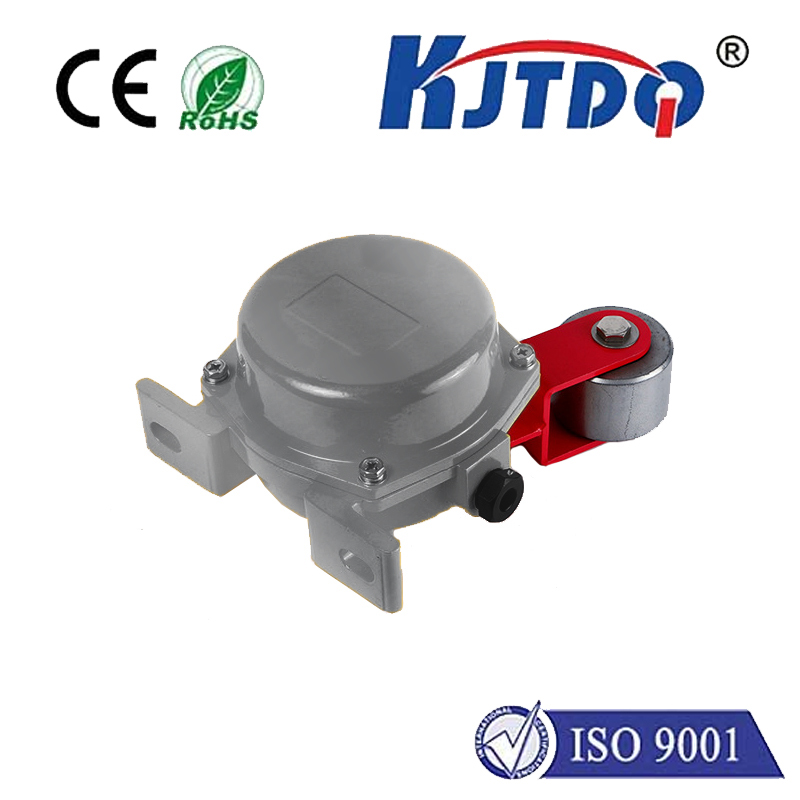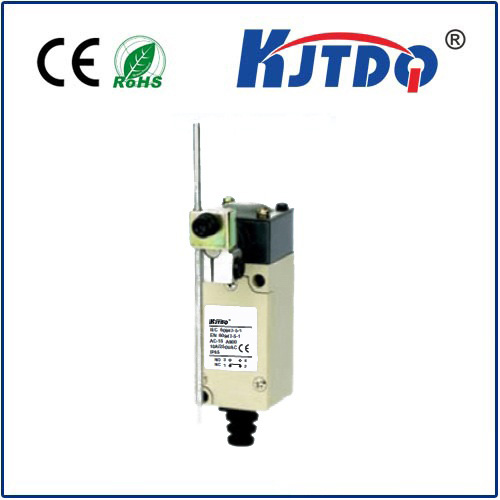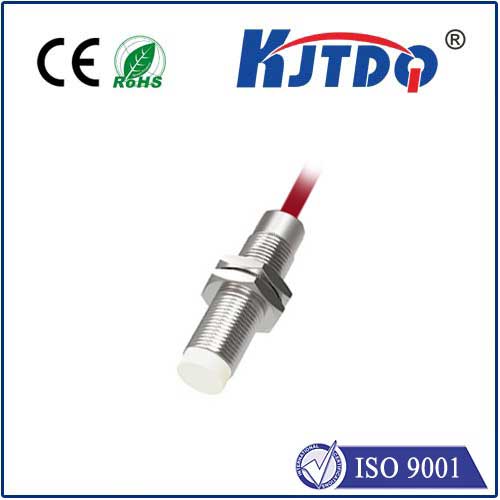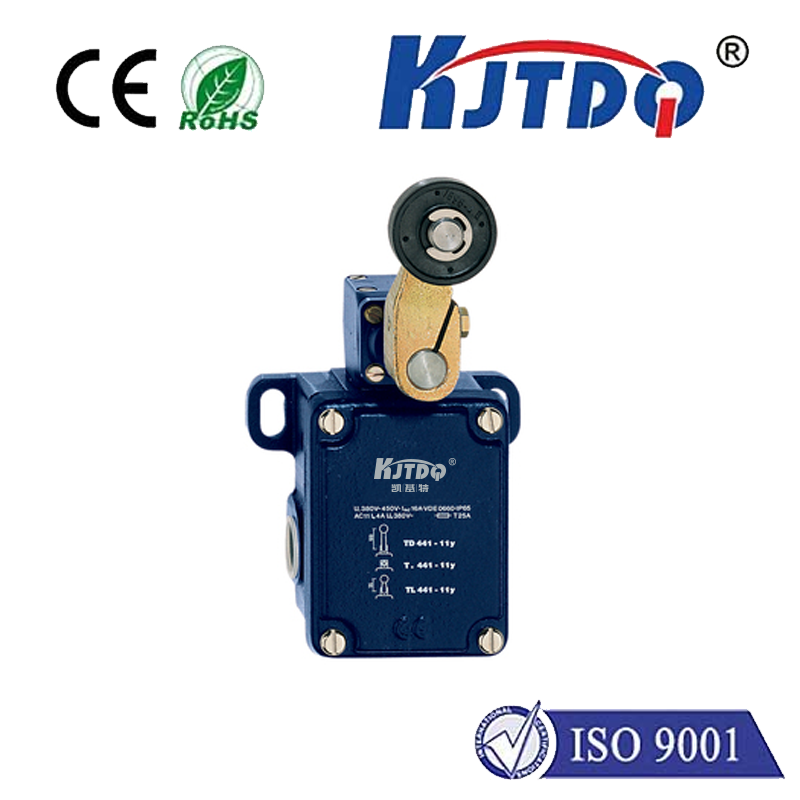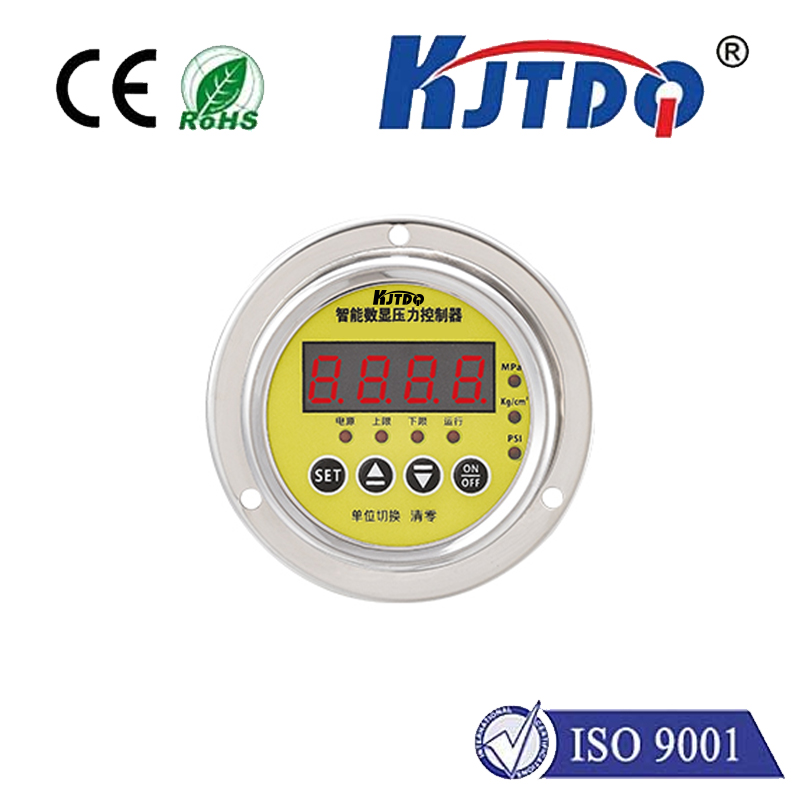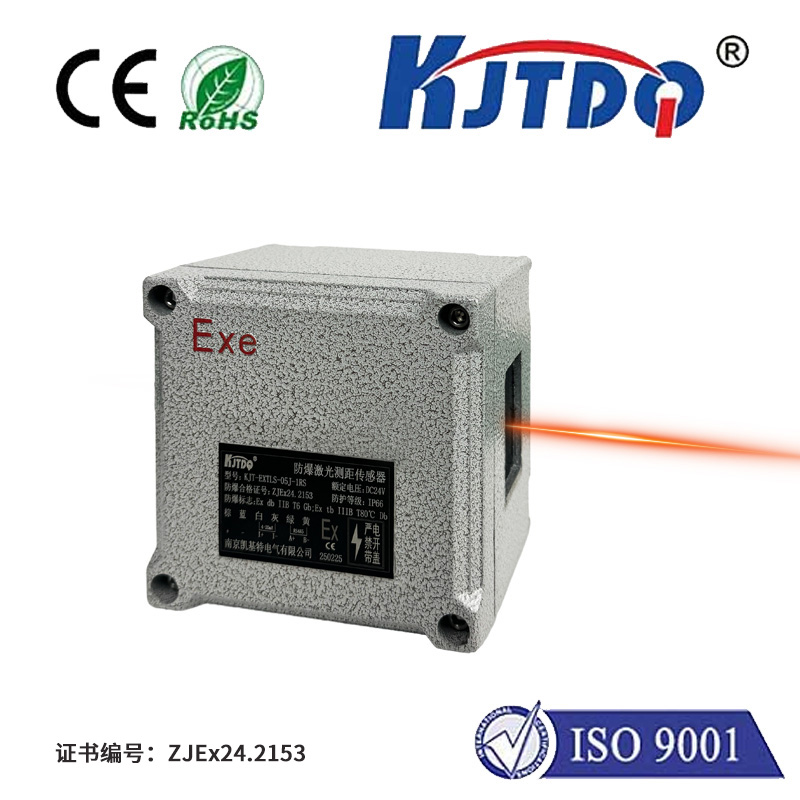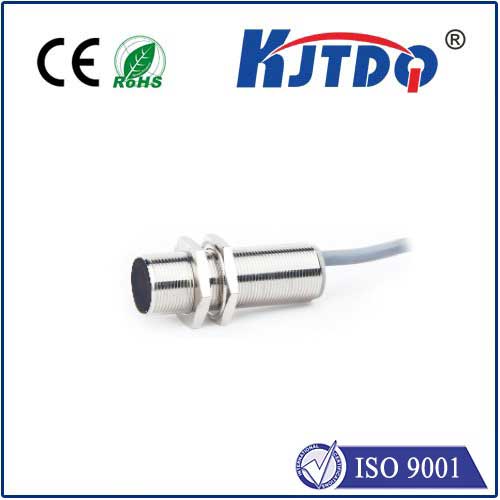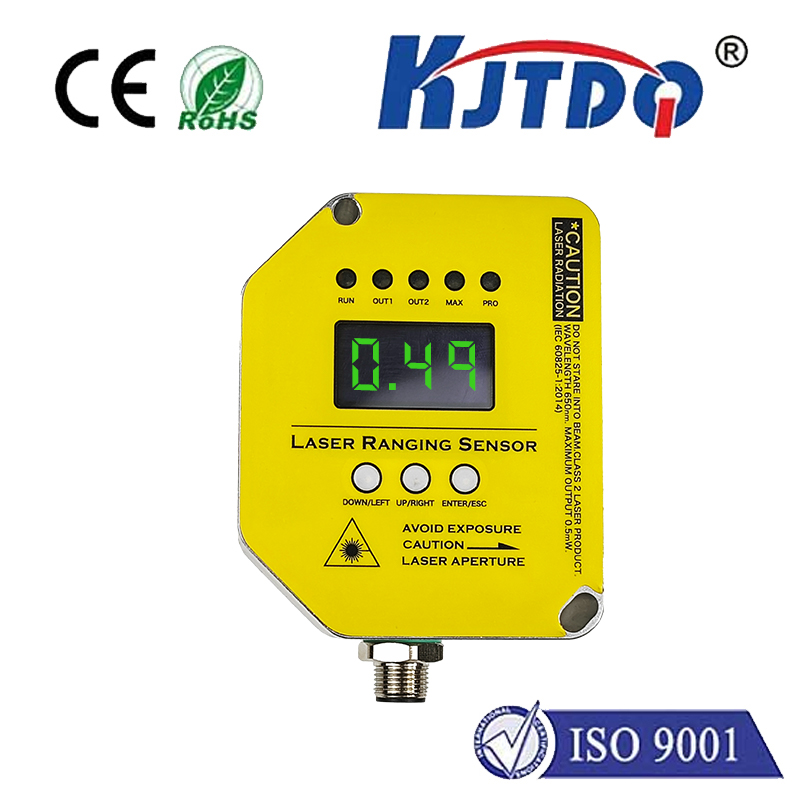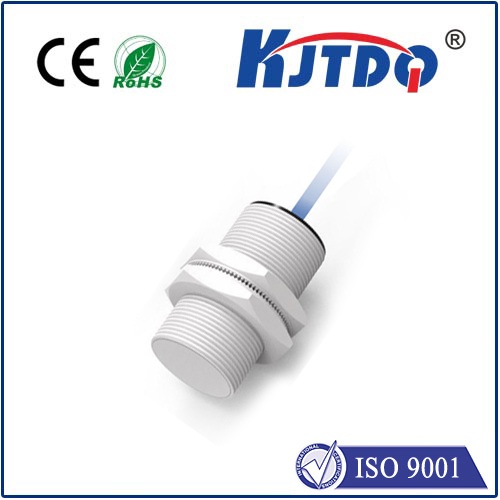

check

check

check

check

check

check

check

check

check

check
Imagine holding an apple. To your eyes, it’s a vibrant red. But what if you could see so much more? The precise sugar content influencing sweetness, subtle bruises forming beneath the surface invisible to your naked eye, or even traces of pesticides lingering from the orchard. This isn’t science fiction; it’s the remarkable reality unlocked by spectral sensors. These sophisticated devices are transforming how we perceive, analyze, and interact with the world around us, revealing a hidden dimension of information encoded in light.
At its core, a spectral sensor goes far beyond simply capturing an image or measuring intensity like a conventional camera or light meter. Its defining capability is the analysis of light across multiple wavelengths, dissecting the electromagnetic spectrum reflected, emitted, or transmitted by an object. Traditional RGB cameras capture broad slices of the visible spectrum (red, green, blue). In contrast, spectral sensors gather data at dozens, hundreds, or even thousands of very specific, narrow wavelength bands. This generates a unique “fingerprint” for every point measured – known as a spectral signature.

The key distinction lies in data richness and specificity. Where a standard sensor might tell you “this area looks green,” a spectral sensor provides detailed information like “this area reflects strongly at 550nm (green), shows absorption dips at 670nm and 1450nm (indicative of chlorophyll and water), and has slight reflectance variations suggesting early stress.” This granular data is the foundation of spectral analysis, enabling precise identification and quantification of materials, chemicals, and physical properties.
The power of spectral sensors translates into revolutionary applications across diverse fields:
Spectral sensors come in various forms, primarily defined by their wavelength resolution and range:
The advantages of spectral sensor technology are compelling: non-contact and often non-destructive analysis, rapid measurement speeds enabling real-time decision-making, and the ability to detect constituents and properties invisible to the human eye or conventional sensors. They provide objective, quantitative data derived directly from material properties.
As sensor technology advances – becoming smaller, faster, more affordable, and more sensitive – and as data processing techniques, particularly machine learning and artificial intelligence for spectral analysis, grow more sophisticated, the reach of spectral sensors will continue to expand. We are moving towards a future where understanding the intricate spectral signature of objects becomes routine, fundamentally changing how we monitor quality, optimize processes, manage resources, safeguard health, and understand our environment. The ability to see the unseen is no longer a fantastical dream; it’s an operational reality, driven by the ever-evolving power of spectral sensing technology.

